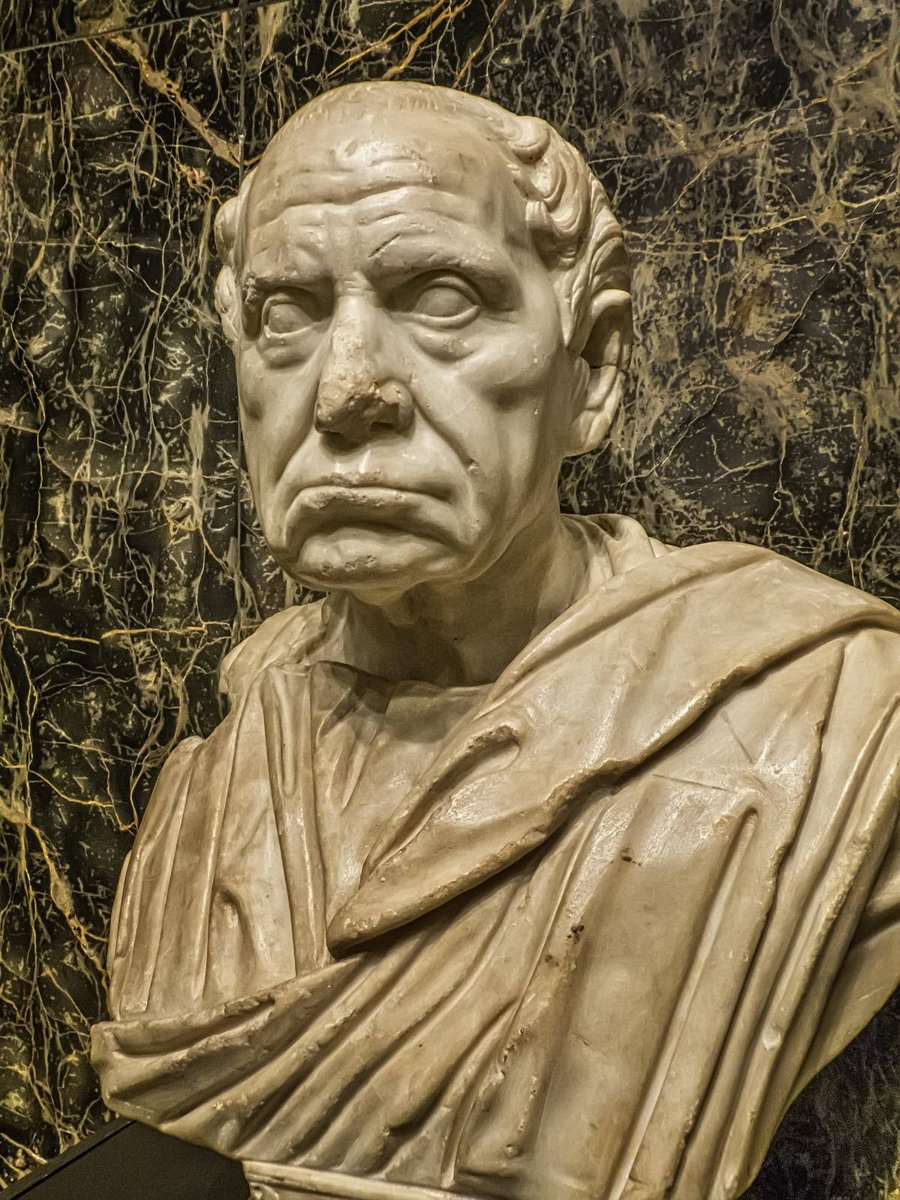


“The result is thus a composite volume reflecting the composite nature of the topic throughout Roman Syria but providing at the same time a fundamental overview of the state of the art for the whole Roman province. “Blömer and Raja should be commended for producing a volume that is both qualitatively uniform and conceptually coherent (not an easy task for conference proceedings).” (Ortal-Paz Saar, in Bryn Mawr Classical Review, 2021.03.09) Sheila Dillon, Attic Funerary Portraiture in the Roman Period Review Hallett, Mummies with Painted Portraits from Roman Egypt and Personal Commemoration at the Tomb Karl-Uwe Mahler, Funerary Portraiture from the Coastal Region of Roman Syriaīilal Annan, Petrified Memories: On Some Funerary Portraits from Roman PhoeniciaĬ. Signe Krag, Palmyrene Funerary Female Portraits: Portrait Tradition and ChangeĪchim Lichtenberger & Rubina Raja, Portrait Habit and the Funerary Portraiture of the Decapolis Rubina Raja, Funerary Portraiture in Palmyra: Portrait Habit at a Crossroads or a Signifier of Local Identity? Speidel, Roman Soldiers' Gravestones in Greater Syria: Thoughts on Designs, Imports, and Impact Jutta Rumscheid, Different from the Others: Female Dress in Northern Syria Based on Examples from Zeugma and Hierapolis Michael Blömer, The Diversity of Funerary Portraiture in Roman Commagene and Cyrrhestice De Giorgi, 'Til Death Do Us Part: Commemoration, Civic Pride, and Seriality in the Funerary Stelai of Antioch on the Orontes Michael Blömer & Rubina Raja, Shifting the Paradigms: Towards a New Agenda in the Study of the Funerary Portraiture of Greater Roman SyriaĪndrea U. Michael Blömer & Rubina Raja, Funerary Portraits in Roman Greater Syria - Time for a Reappreciation By drawing on material from an area encompassing modern Lebanon, Jordan, Syria, and Turkey, as well as Egypt and Achaia, the contributions in this book make it possible for the first time to take a wider perspective on the importance of funerary portraiture within Greater Roman Syria, and in doing so, to identify influences, connections, and iconographical analogies present throughout the region, as well as local differences, larger-scale boundaries, and ruptures in traditions that occurred across time and place. Up to now, relatively little attention has been paid to the way in which local and regional production of material in this area formed part of a broader pattern of sculptural and iconographical development across the Roman Near East. This volume provides a unique survey of locally produced funerary representations from across regions of ancient Syria, exploring material ranging from reliefs and statues in the round, to busts, mosaics, and paintings in order to offer a new and holistic approach to our understanding of ancient funerary portraiture.


 0 kommentar(er)
0 kommentar(er)
